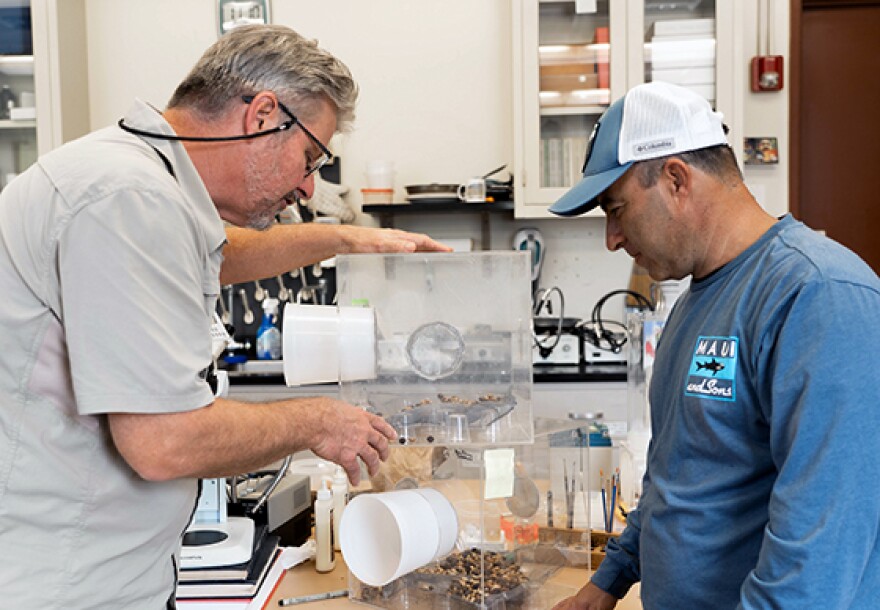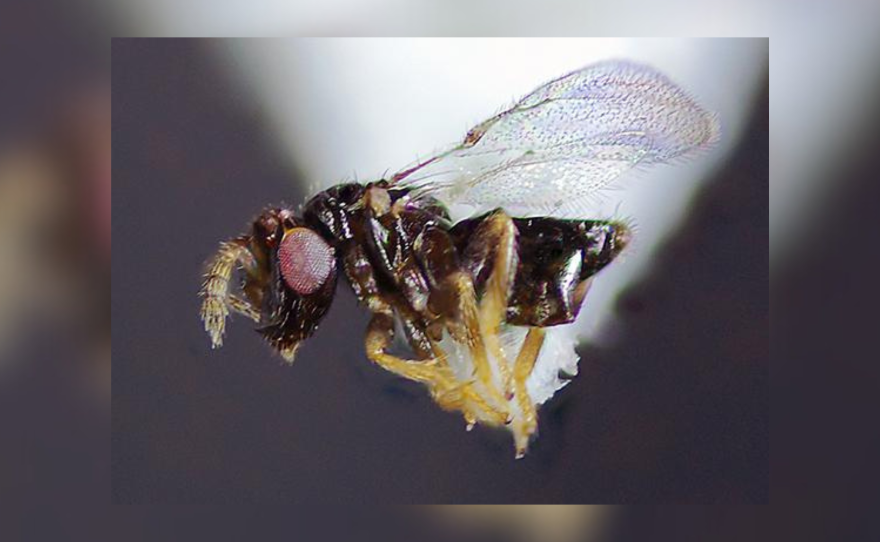An invasive beetle known to degrade Hawaiʻi's coffee plants may meet its match with the introduction of a parasitic wasp to the islands.
The invasive beetle is known as the coffee berry borer, or CBB, and causes more than $500 million a year in damages to coffee farms worldwide, according to a study performed in partnership with the U.S. Department of Agriculture.
Considered the largest pest to coffee, they are found in all coffee-producing countries except for Nepal and Papua New Guinea.

The female CBB digs holes in the coffee berry to lay eggs. This causes coffee quality to decline and puts the plant at higher risk of fungal and bacterial infection. If left untreated, they can destroy 80% of the coffee farm's produce.
However, researchers from the University of Hawaiʻi have found that the best way to get rid of the CBB could be by introducing a different, more parasitic insect.
Coffee farms in Central and South American countries have successfully decreased coffee plant damage by using tiny parasitic wasps called Phymastichus coffea.
The female wasp lays eggs into the beetle's abdomen. The wasp larvae then eat the beetle alive as it grows. CBB are not able to lay eggs because they die within a few days after the attack.
"We want to be very careful to ensure that the species doesn't attack any native species or any desirable species in very careful trials that we conducted in quarantine," said Mark Wright, a professor of entomology at UH.
Wright added that P. coffea are physiologically adapted to CBB, and therefore won't be interested in native species. They are attracted to the chemical the coffee berry emits when CBB burrows through it.
"The chances of doing any environmental damage are minute. This wasp is highly co-evolved with CBB. It’s originally from East Africa, the native provenance of coffee and CBB," Wright said.
The wasps are currently quarantined in a lab at UH Mānoa to ensure they have no disease. They could be released on Hawaiʻi Island as early as September 2023.





